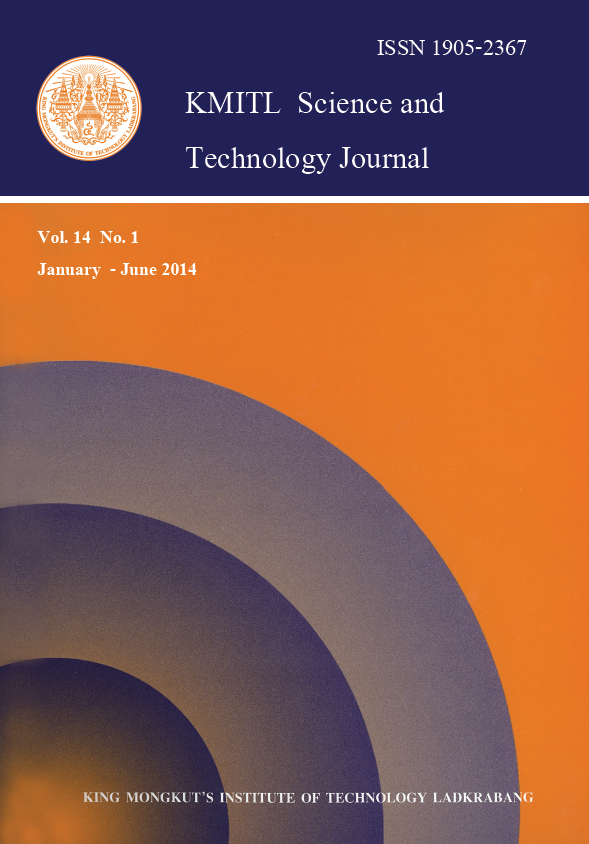Dengue haemorrhagic fever (DHF) is important disease causing high risk of people deaths. It is caused by a mosquito vector Aedes aegypti infecting with dengue virus. Botanical extracts are being considered as a biological control of mosquito larvae. Catharanthus roseus ethanolic extracts from three parts; leaf, stalk and flower were challenged to larvae and pupae of mosquito vector in five concentrations (50, 150, 250, 350 and 450 ppm). The mortalities of larvae were recorded at 24 hrs and 48 hrs. The results showed that the highest mortality rate of instar larvae occurred in 450 ppm at 48 hrs from all part extraction (20.73%, 28.56% and 42.87%), while negative results occurring in pupae. Therefore, the C. roseus ethanolic extracts from flower may serve as alternative domestic biopesticide to control mosquito larvae.
Keywords: Catharanthus roseus, mosquito vector, Aedes aegypti
*Corresponding author: E-mail: kwworakr@kmitl.ac.th
Worananthakij*, W. ., Monkhai, S. ., & Suklampoo, L. . (2018). The Use of Catharanthus roseus (L.) G. Don Extracts in Control of Mosquito Vector Aedes aegypti (L.). CURRENT APPLIED SCIENCE AND TECHNOLOGY, 31-33.

https://cast.kmitl.ac.th/articles/135525